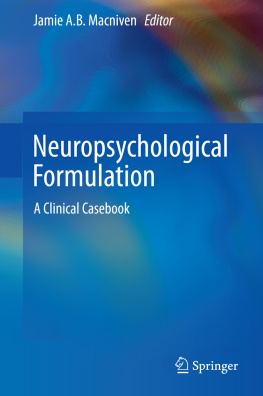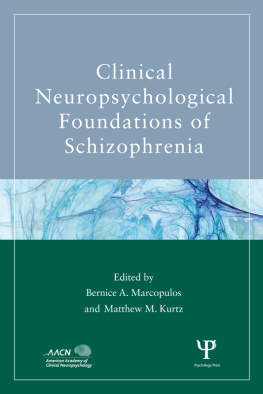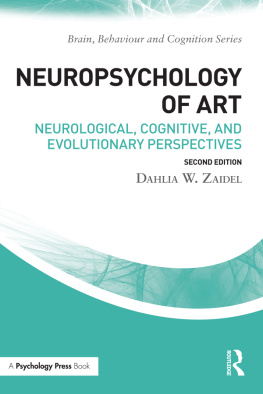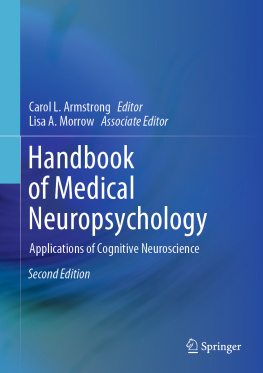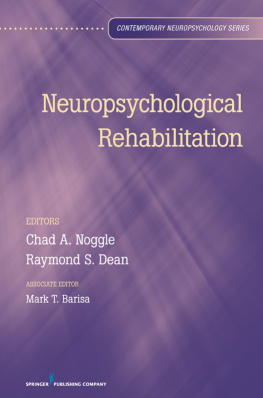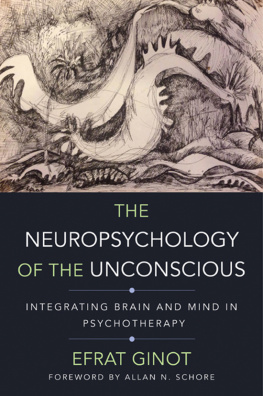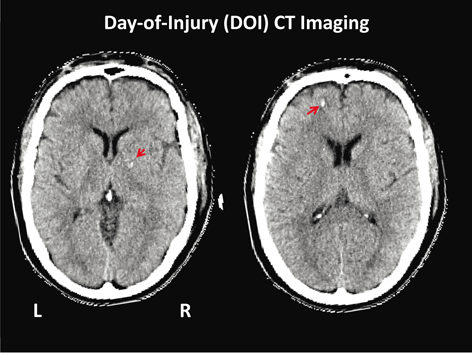Neuropsychological assessment provides the psychometric framework to identify the neurobehavioral and neurocognitive consequences of a traumatic brain injury (TBI) . Neuropsychological assessment has a long tradition as a stand-alone method to characterize the level and degree of impaired functioning from TBI. However, twenty-first century advanced neuroimaging procedures are now available, which provide anatomical and functional details about the brain, the nature of potential pathologies, and their influence over time (Bigler ) points out for neuropsychology to embrace twenty-first century technologies it needs to integrate the available neuroinformatics, the most important of which may be the information contained in neuroimaging studies.
The TBI case presented herein outlines some of the neuroimaging methods and findings that could routinely be incorporated into the neuropsychological assessment.
Case
The patient was a 63-year-old truck driver involved in a head-on collision caused by another semi travelling at highway speeds that had lost control, coming from the opposite direction. As a consequence of the severity of the collision and vehicular damage an extended extrication was required. The patient was found unconscious by highway patrol and eyewitness accounts with obvious trauma to the head including extensive facial lacerations, bleeding, and multiple other injuries including an initially compromised airway. At the scene, the Glasgow Coma Scale (GCS) of the patient was rated as 7/15 by emergency medical service as the patient was being extricated, which was also the emergency department (ED) GCS score before sedation and intubation. Day-of-injury (DOI) CT imaging documented multiple intraparenchymal petechial hemorrhages, consistent with diffuse axonal injury (DAI); some of which are shown in Fig. ). The patient received limited inpatient rehabilitation, which included cognitive rehabilitation by a speech therapist.
Fig. 1.1
Axial day-of-injury CT scan showing the location of two of several petechial hemorrhages right at the graywhite matter junction ( white arrow , right ) in the left frontal lobe and right internal capsule ( red arrow , left ) adjacent to the globus pallidus, common findings associated with traumatic shear lesions (Gean and Fischbein )
Five Months Post-Injury
The patient was seen on two occasions for neuropsychological consultation, 5 months and 2 years post-injury. Litigation was present as the accident was caused by the other truck driver, but was settled out of court. Due to persisting memory complaints, he was evaluated approximately 5 months post-injury to assist in treatment planning. When initially seen, the patient complained of short-term memory problems and moodiness, corroborated by the spouse. From a self-report perspective, he described his problems with mood by stating My wife thinks I have a short fuse. He characterized his memory problems as forgetfulness. He was still receiving physical therapy for residual deficits in motor and balance function as well as cognitive rehabilitation when initially assessed. He continued to experience posttraumatic headaches on a regular basis and described a moderate headache on the day of neuropsychological assessment.
By mental status standards the patient was doing well. He was fully oriented, appropriately engaged in conversational speech without any notable impairment in fluency or prosody, and had no difficulty remembering four words on immediate recall. Although he perceived maladroitness with motor skills, they were not outwardly evident. Mental status exam was considered to be rather unremarkable.
Consistent with the rather unremarkable mental status examination the neuropsychological findings, summarized in Table ). The combination of slowed processing and attentional problems can be disruptive to working memory, especially when competing stimuli are present in the natural environment.
Table 1.1
Wechsler Abbreviated Scale of Intelligence (WASI)
5 months post-injury | Standard score | Percentile |
|---|
Verbal IQ | | |
Performance IQ | | |
Full scale | | |
2 years post-injury |
Verbal IQ | | |
Performance IQ | | |
Full scale | | |
5 months post-injury | Seconds | z-score |
Trails A | | 2.8 |
Trails B | | 1.0 |
2 years post-injury |
Trails A | | 0.02 |
Trails B | | 0.05 |
California verbal learning test |
Trials |
| | | | | | T-B | S-Free | S-Cue | L-F | L-Cue |
5 Months post-injury |
Raw score | | | | | | | | | | | |
2.0 | 0.0 | 1.0 | 1.0 | 0.00 | 43 (T) | 1.5 | 0.5 | 1.0 | 1.0 | 1.5 |
2 Years post-injury |
Raw score | | | | | | | | | | | |
z-score | 0.05 | 0.05 | 0.00 | 0.5 | 0.5 | 48 (T) | 1.0 | 0.5 | 0.5 | 3.0 | 0.5 |
On self-report questionnaires, including the Beck Depression Inventory, Symptom Checklist-90, and Personality Assessment Inventory, the patient reported mild to moderate levels of depression. At this point he had not been receiving any mental health intervention, including no pharmacotherapy. In light of these emotional findings, treatment recommendations including psychiatric and psychotherapy referrals were made.

